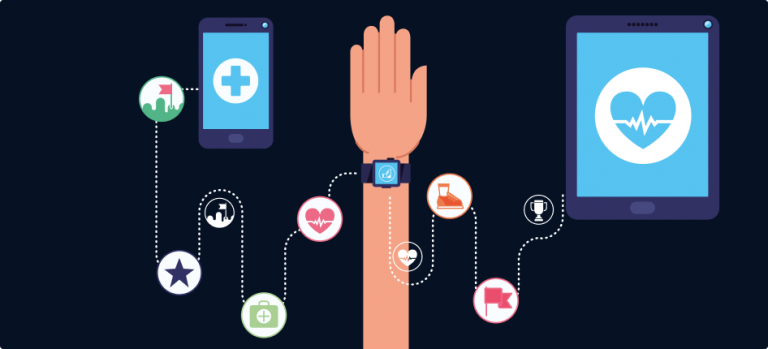IoT Trends in Wearable Devices For Personal and Business Needs in 2026
Written by:

Kostiantyn Oliynyk
Head of IoT at Webbylab
With a robust academic background in Telecommunication Systems Engineering, I apply my knowledge to lead innovations in the IoT domain. Starting as the first team member in the newly formed IoT department at WebbyLab, I've spearheaded its growth, fostering the expansion into embedded and hardware development alongside our core software projects. My dedication lies in pushing the boundaries of IoT technology, fostering a culture of innovation and excellence that profoundly impacts our clients' operational success.
The cost to develop a wearable application varies widely depending on factors such as complexity, features, and development team rates. Contact us and we give you more detail consultation.
Wearable IoT devices can integrate with other IoT devices and systems in various ways, including:
1) Sharing data with other devices to provide a more complete picture of a user’s health or behavior.
2) Controlling other devices or systems, such as adjusting the temperature in a smart home or turning on the lights in a room.
3) Using data from other devices, such as GPS data from a smartphone, to provide more accurate insights or recommendations.
The creation of IoT devices does not accurately describe the profile of our company. WebbyLab provides companies with the necessary IoT infrastructure to connect and manage their products:
1) a platform for creating and connecting devices to the MQTT broker;
2) mobile application and other ways to control the device for the end user;
3) device maintenance tools;
4) a platform for managing a chain of companies for businesses based on IoT.







